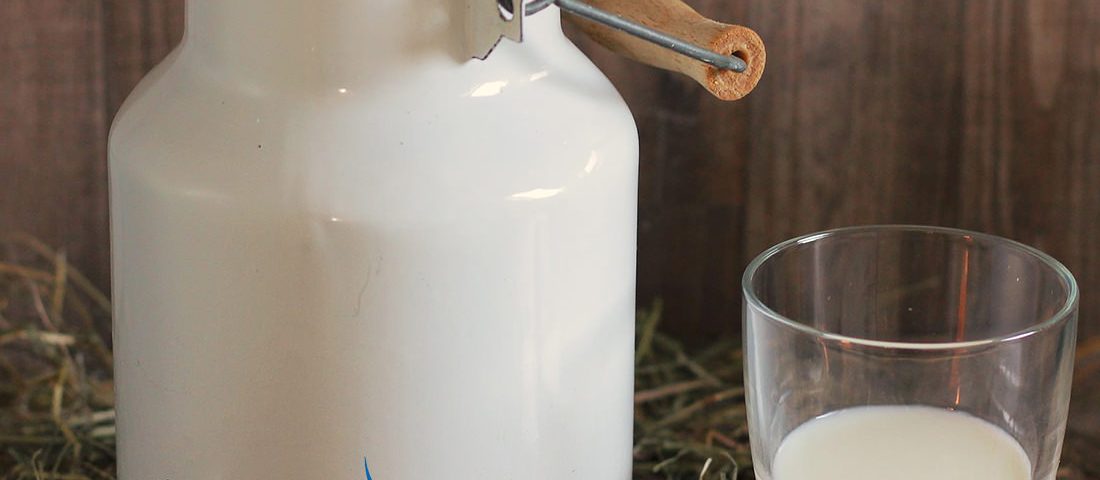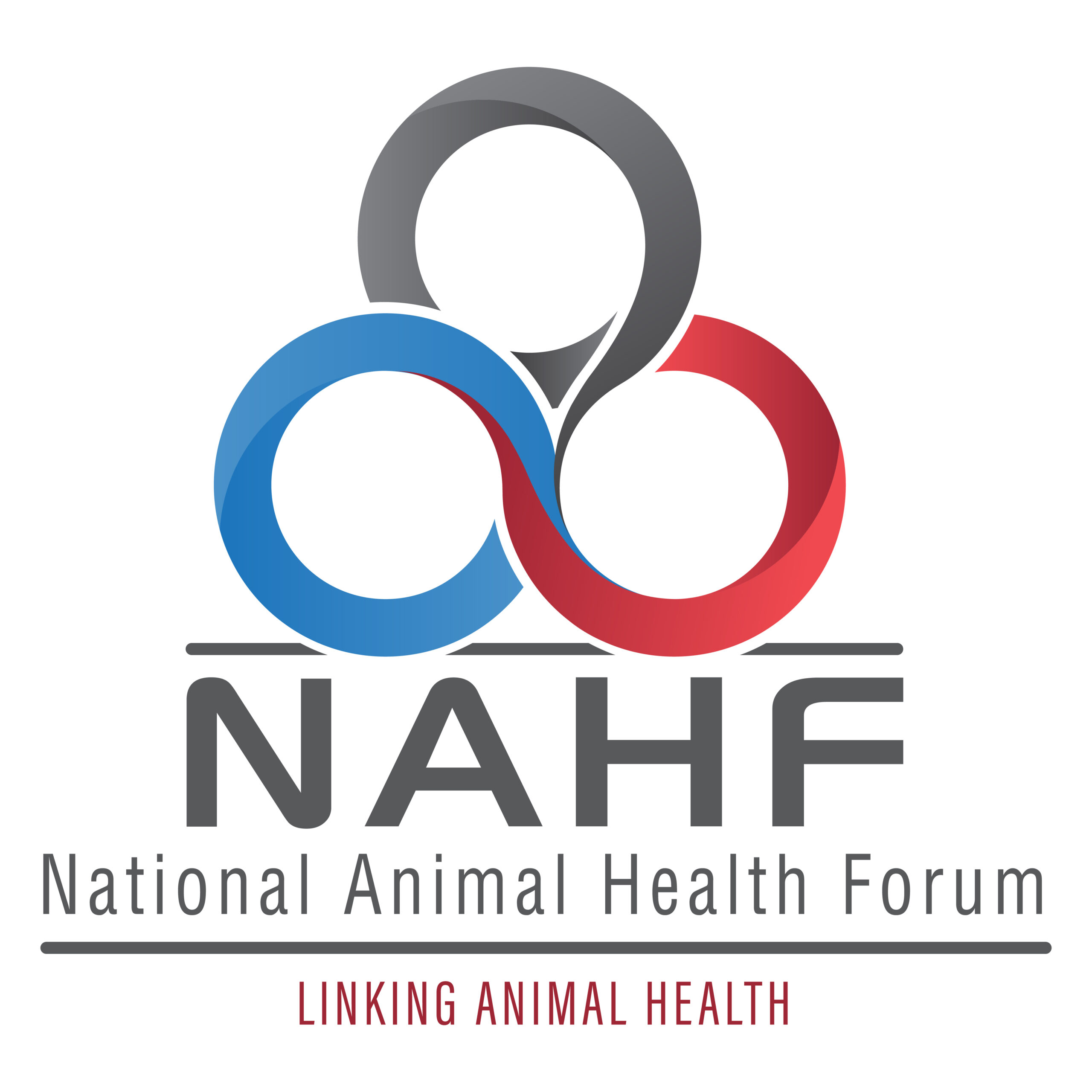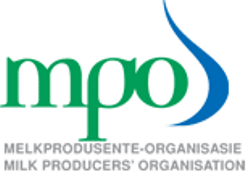
The effects of nose flap devices in calves before dam separation on cow BCS, pre- and post-separation calf performance, and humoral immune response were compared with traditional weaning. Primiparous and multiparous Angus and Hereford cows (n = 113) and their Angus, Hereford, and Angus ¡Ñ Hereford calves (179,4 ¡Ó 3.92 kg and 161 ¡Ó 22.7 d of age) were used. Cow¡Vcalf pairs were allocated to 1 of 2 treatments in a completely randomised design: 1) nose flap for 21 d before separation from the dam (NF) or 2) no nose flap for 21 d before separation from the dam (CON).
Calves were separated from dams on d 0, and calves were placed in group feed-yard pens for 28 d. A subset (n = 75) of weaned calves were placed into 1 of 8 pens to evaluate DMI. Cow BCS was measured on d ¡V21 and 56, and calves were given modified live vaccinations (d ¡V21 and 1), challenged with ovalbumin (OVA; d 1), and weighed (d ¡V21, 1, 7, 14, 21, and 28). In addition, blood samples were collected (d ¡V21, 1, 14, and 28) to measure primary humoral immune response. Control calves tended to have greater BW on d 14 (P = 0,09) and 21 (P = 0,07) than NF calves, and CON calves had greater (P < 0,05) ADG from d ¡V21 to 1 vs NF calves. Treatments did not differ (P . 0,27) for post-weaning DMI, G:F, or morbidity.
Serum neutralisation tests for bovine viral diarrhoea virus type 1 (BVDV-1) and bovine herpes virus type 1 (BHV-1) were used to measure humoral response to a viral vaccination. Serum antibody titres to BVDV-1 for CON calves tended (P = 0,08) to be greater on d 1 and were greater (P < 0,05) by d 28 vs NF calves. By d 28, a greater percentage (P < 0,05) of CON calves seroconverted for BVDV-1 than NF calves (82,1 vs 66,7%, respectively). Serum antibody titres for BHV-1 were greater (P < 0,05) on d 1 and 28 for CON vs NF calves. Humoral immune response to OVA during the 28-d post-separation period from the dam was evaluated in a subset (n = 57) of calves. There was no difference (P = 0,92) in OVA-specific IgG between treatments on d 14 or 28 (P = 0,76); however, OVA-specific IgM was greater (P < 0,05) in CON vs NF calves on d 28.
Results indicate that nose flap devices did not influence feed intake, feed efficiency, or morbidity during the initial post-separation period from the dam. However, pre-weaning ADG, serum BVDV-1 and BHV-1 titres, and humoral immune response to OVA were decreased in calves that received the nose flap treatment.
J Anim Sci February 2016
Vol. 94, No. 2, pp. 816-823
K. Lippolis*, J. Ahola, C. Mayo, M. Fischer, R. Callan
Published on Monday, 11th April 2016 - 12:18
Recent Posts
disclaimer









